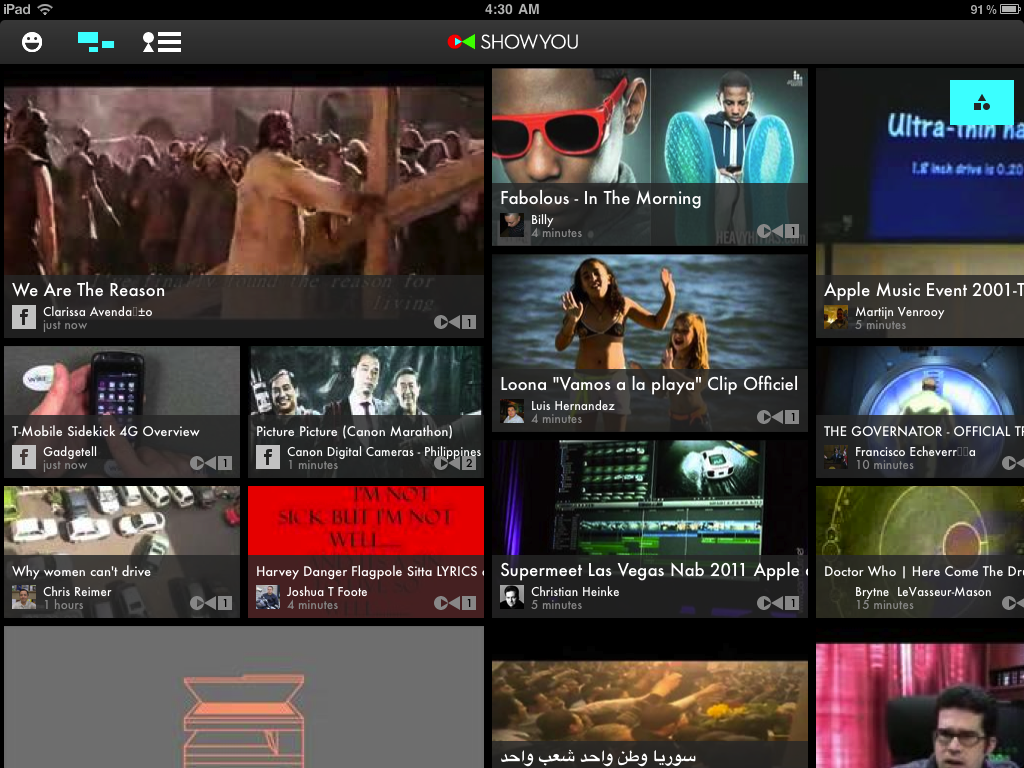The Affiliate industry lost one of it’s most loved veterans today. Rexanne Mancini passed away leaving behind a ton of friends and an amazing family. Rexanne was not only an industry veteran, but she was one of the very first Mommy Bloggers in the world with her first parenting site as an AOL site in the mid 90′s.
Adam and Rexanne
After finding success with her AOL website, she quickly bought a single word domain which for years remained a leading site in the Alexa 100K. After launching her first successful site and domain, she eventually spread out and built off of that brand to develop a series of other similar sites that were around the same topics, but from different points of view. Rexanne wrote from her heart and tried to teach parents about what she thought was right. She gave advice which she believed in and always thought of her readers first. In her real life she was all about having fun and helping other people.
If she would see someone standing by themselves at a show, she’d be the first one over to them asking them if they wanted a drink or saying hi. She’d introduce people around the room and if she saw people arguing, she’d jump in and end it. All of her life was about having fun and helping other people which is why everyone in the industry loved her. She was the first person to give advice, always there if you needed to talk, and if you were hungry she’d be a mom and try to feed you. She was an amazing person with a huge heart and someone that the entire Affiliate industry will miss. Rexanne was an active member on ABestWeb and was always a huge supporter of helping to educate merchants on ethics and adware.
Rexanne could not stand watching as her own and other people’s commissions were getting stolen by toolbars and adware. When NY passed the first Nexus tax law and Merchants began removing NY Affiliates, instead of just sitting by and watching her friends businesses fall apart, she began removing the Merchants that were removing NY Affiliates. Rexanne would do anything for her friends and was someone that everyone loved to see. She will be missed and I wish her family the best.






















